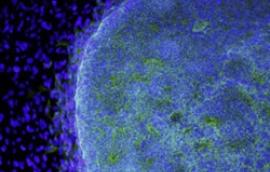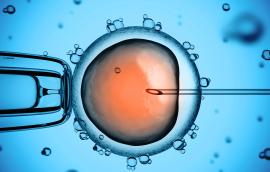Ethical, Legal, Regulatory & Policy Issues Concerning Embryoids: A Systematic Review of the Literature
By Ana S. Iltis, Grace Koster, Emily Reeves & Kirstin R. W. Matthews
Abstract
Recent advances in methods to culture…
Kirstin R.W. Matthews, Ana S. Iltis August 21, 2023





